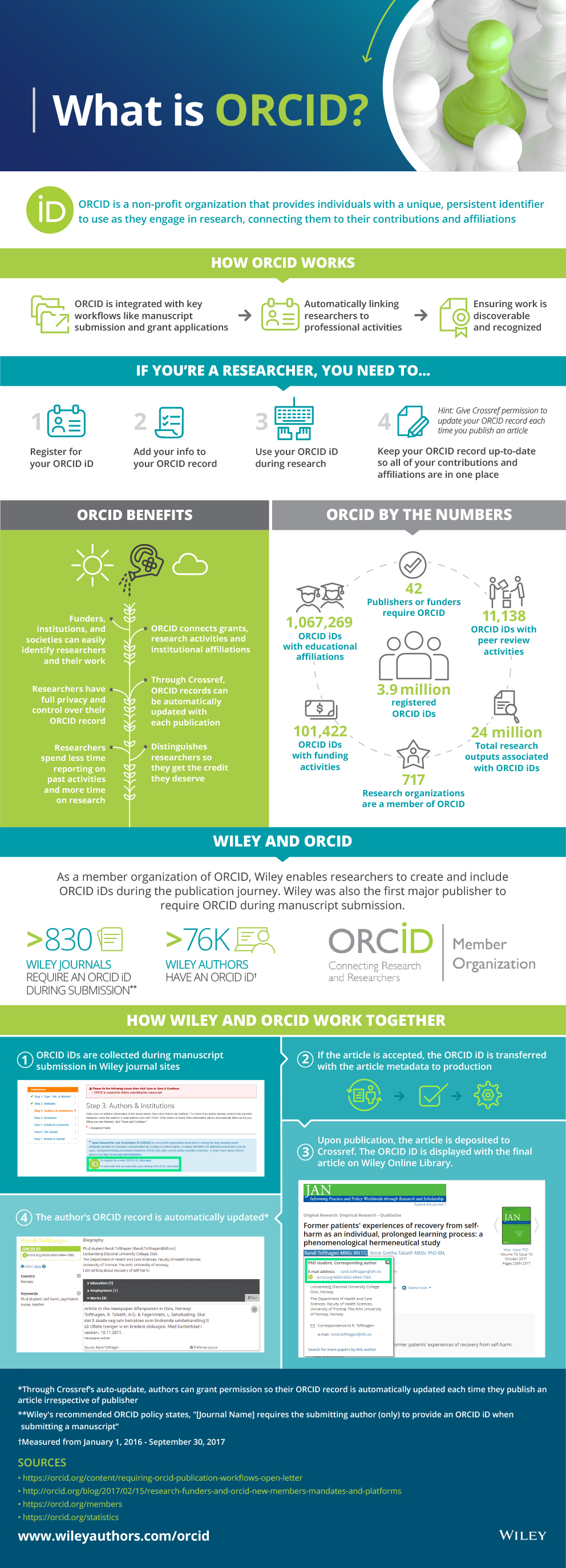desk-rejected-from-your-chosen-journal-what-next
May 17, 2018
There are many reasons for being rejected, but only one advisable initial reaction: sleep on it for at least one night! Then you can start to analyze the situation, and that’s exactly what you should do. To help you, here’s a simple analysis of the most common reasons for rejection without peer review, so-called “desk-rejection”:
- The manuscript fails the technical screening.
- The manuscript doesn’t fall within the aims and scope of the journal.
- The research topic is of little significance.
- The standard of writing is too low.
If your manuscript is rejected on one of these grounds, you can count yourself lucky in one sense: it will happen quickly, and you will be able to work on potential remedies so much sooner! The first reason is rather basic, and refers to things like missing files, wrongly-formatted files, figures of insufficient resolution, or missing information. The second is more interesting, and it’s arguably the most common amongst manuscripts submitted by inexperienced authors. This means that you haven’t properly matched your manuscript to a journal in terms of one or more of the following: subject area, type of report (e.g. full paper or brief communication), type of research (e.g. basic or applied), significance of the research (does it answer a major open question, or is it the next small step in a developing story?). The third reason is closely related to the second; but the last reason requires a line to emphasize its importance: regardless of the quality of your science, if the writing is not good enough, peer reviewers will be distracted from the science, and not properly assess it. All these failings are relatively easy to remedy, though if you don’t have access to a friendly native English speaker, you might want to consider a professional language editing service, such as the one from Wiley Editing Services, to brush up your writing.
Let’s return to reasons two and three, because these often refer to a mismatch between the “ranking” (partly a matter of impact factor, but also of general public perception) of the journal and the judged “importance” of the paper. This can be one of the worst disappointments, because you might go away with the feeling that you’re not “good” enough for that journal. Not to worry! If you are convinced that your research is good, and certainly good enough to interest a substantial part of your community, then simply go for a somewhat “less heavyweight”, or perhaps more field-specific, journal and see how you fare.
Don’t give up at this stage, because all attempts will teach you invaluable lessons. It’s likely that less “high-powered” journals are not as prominent in the ecology of the Internet, but the interesting thing is that articles these days are increasingly found in complete abstraction from their journals. This is to your advantage in such a situation, because it means that papers vie for attention amongst each other, on a more journal-neutral playing field, so to speak. By becoming active in social media promotion of your own work (tweets, blog posts, activity on reputable scholarly collaboration networks, for example) you can do a lot to boost attention to your paper, regardless of where you end up publishing it. Remember the only really “wrong” place to publish a paper is in a “predatory” journal…
Further reading:
Advice on how to allay your fears about publishing in the “wrong” journal.
More on predatory journals and how to avoid them.
Read the Mandarin version here.










